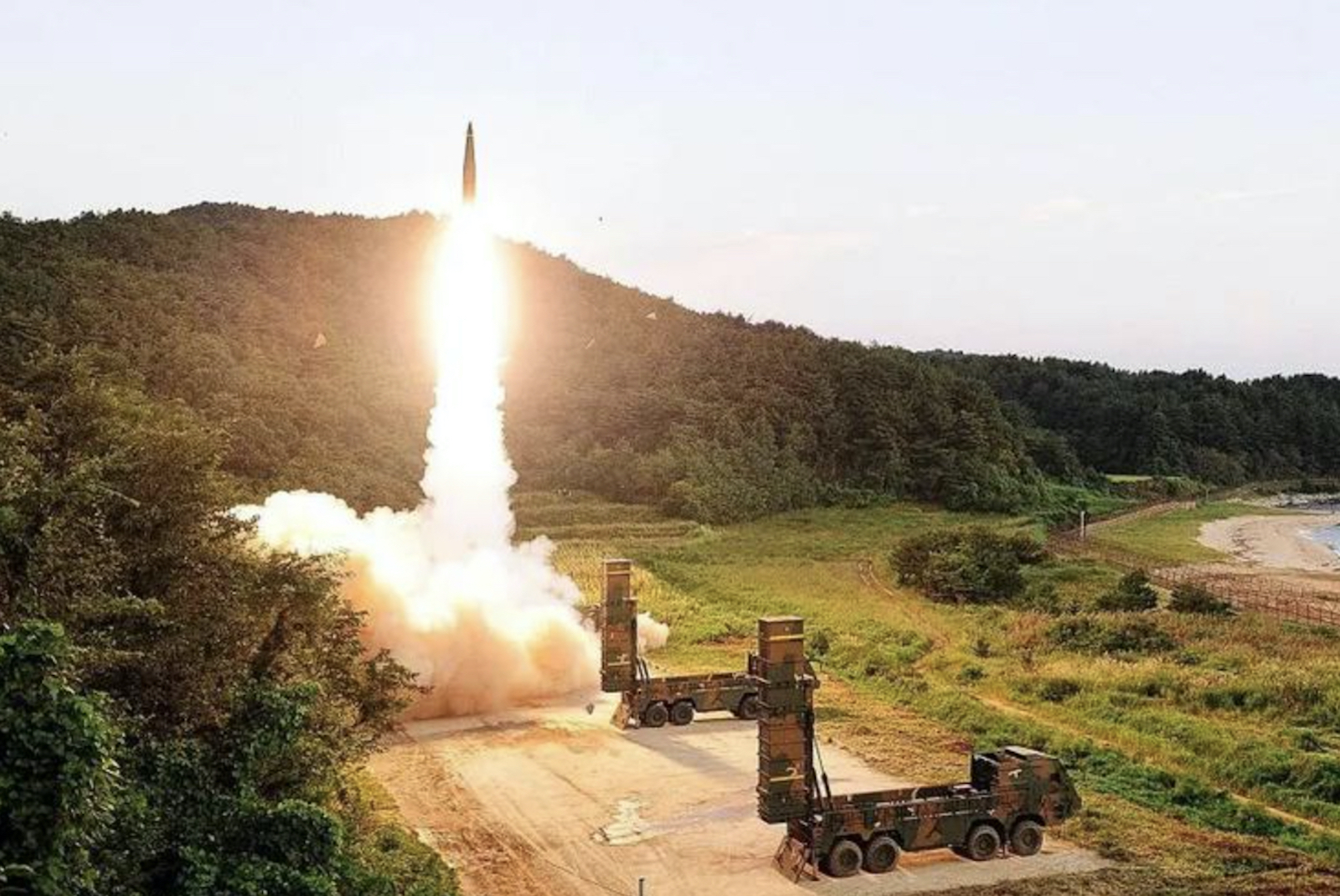
The Hyunmoo Vanguard: A new missile era
South Korea recently conducted tests of the Hyunmoo-IV-1 and the more advanced Hyunmoo-V strategic missiles. This test marks a critical milestone in South Korea’s military capabilities, particularly with the Hyunmoo-V, a missile that heralds significant advancements in firepower and technological sophistication. Boasting over 11 tons of firepower, the Hyunmoo-V is slated to incorporate cutting-edge technologies such as Maneuverable Re-entry Vehicle (MaRV) and Multiple Independently Targetable Re-entry Vehicle (MIRV), significantly boosting its strategic value and versatility.
Targeting the underground: Hyunmoo’s specialized design
A standout feature of the Hyunmoo series, specifically the Hyunmoo-IV-1 and Hyunmoo-V, is their tailored design for neutralizing underground facilities. Termed the ‘High Power Missile’ (HPM), the Hyunmoo-V is engineered to detonate above these subterranean structures, effectively collapsing and sealing them off. This capability is particularly relevant given the proliferation of such facilities used by potential adversaries for military purposes. The missile’s propulsion system is advanced enough to necessitate a cold-launch mechanism, and it incorporates sophisticated evasion systems to counter air defense measures, especially those deployed by North Korea.
Beyond the atmosphere: The Hyunmoo-V’s trajectory and reach
The Hyunmoo-V missile is a heavyweight in its class, tipping the scales at 36 tons. It employs a ‘Lofted trajectory’ flight path, soaring through the exosphere, which enhances its penetration ability and increases its range effectiveness. The missile’s strategic trajectory enables it to strike targets with greater precision and power. Additionally, South Korea’s ongoing development of hypersonic cruise vehicles and the Hypersonic Glide Vehicle (HGV) signifies a broader commitment to advancing its missile technology.
Strengthening the arsenal: Hyunmoo-V’s production and deployment
Deciphering missile movements: The role of NOTAMs in test disclosures
The exact timing of these missile tests remains undisclosed officially. However, the use of NOTAMs (Notice to Airmen) offers indirect insights into such tests. NOTAMs, which outline restricted or hazardous airspace regions, provide clues about the timing and locations of missile tests. Analyzing these NOTAMs has led experts to speculate on the probable dates and areas of the Hyunmoo-V’s testing.
Hyunmoo-V: The ‘monster missile’
The Hyunmoo-V has been nicknamed the “monster missile” for its formidable capabilities. It can carry one of the largest warheads in the world, weighing up to 9 tons, comparable to the destructive power of nuclear weapons. In its descending phase, the missile reaches speeds close to Mach 10. While its maximum range remains classified, expert analysis suggests a potential reach of up to 3,000 kilometers, placing it in the intermediate-range missile category.
The broader picture: South Korea’s comprehensive defense strategy
The development of the Hyunmoo-V is part of South Korea’s larger defense strategy, notably its 3K Defense System. This system is designed to preempt and counter North Korean nuclear launches and includes the ‘Kill Chain’ component, the Korea Air and Missile Defense (KAMD) system, and the Korea Massive Punishment and Retaliation plan (KMPR). Each element of this defense system plays a critical role in providing a comprehensive security umbrella for South Korea against potential regional threats.
The evolution of the Hyunmoo-V missile underscores South Korea’s dedication to enhancing its military capabilities. This missile, along with the broader 3K Defense System, represents a significant step forward in South Korea’s defense posture, providing a robust response to the complex security challenges in the region.
